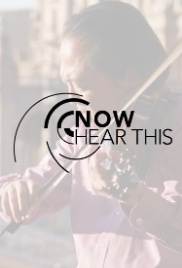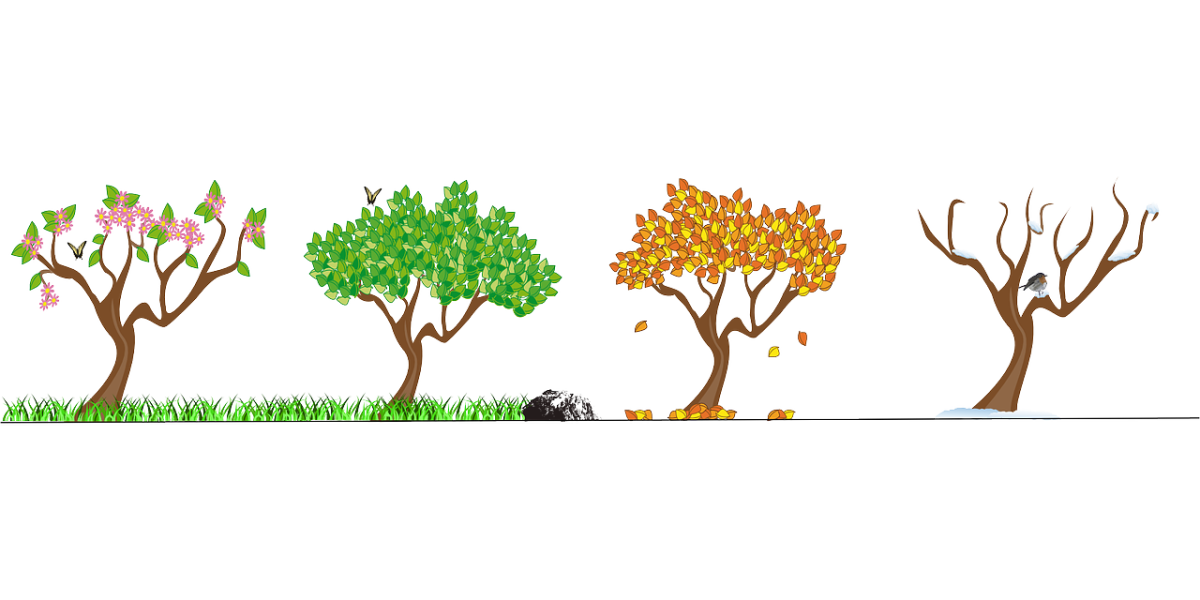The Ospedales of Venice– Glory from Discarded Babies
The Ospedale della Pietà was an institution in Venice from 12th century A.D. for the next five hundred years. It was founded by a Franciscan “Friar Petruccio” who, tradition has it, was known to run through the streets crying out “Pietà! Pietà!” The Ospedale della Pietà took in abandoned infants who were placed in a small revolving door in the outer wall of the orphanage. If they were small enough to fit through the door, they were accepted without condition after which they were placed with a wet-nurse until old enough to live at the orphanage. There were as many as a thousand orphans at the Ospedale della Pietà at any one time. The boys were taught a trade and the girls were taught the skills of a homemaker, unless they were deformed from the mother having had a disease such as syphilis or from a birth defect in which case they stayed at the orphanage their entire lives. The girls were given musical training and if they had talent, they would perform in the chorus or orchestra.
The Pieta was one of four Ospedales that operated in Venice, each having a different emphasis and most taking in orphans. Their musical concerts were a way of raising money.
The ladies of the Ospedale della Pietà performed behind a grate, to hide their deformities and their identities. The conservatory of the Ospedale della Pietà performed music composed by the greatest classical musicians of their time. For example, Antonio Vivaldi who was an expert violinist as well as a composer, taught and created music for the Ospedale della Pietà for some 30 years. During much of that time he served as its music director.
The conservatory of the Ospedale della Pietà was so renowned that girls from wealthy and aristocratic families would pay to have their daughters taught music at the conservatory.
Perhaps the best description of the Ospedale della Pietà and its music comes from the pen of Jean Jacques Rousseau (1712 – 1778), one of the most influential thinkers of the age of Enlightenment. In the 17th and 18th centuries, following the Renaissance, progressive culture in Europe entered a phase based on the sovereignty of reason, freedom of speech, equality, freedom of press, and religious tolerance. The American Declaration of Independence and the American Revolution of 1776 were based on ideas from the Enlightenment. Rousseau’s work explored the implications for human freedom and autonomy in a world in which we are increasingly dependent on one another for the satisfaction of our needs.
Rosseau spent a considerable amount of time as a tourist in Venice. Below is his description of his encounter with the women of the Ospedale della Pietà as a young tourist on an extended stay in Venice. It is taken from his autobiographical work THE CONFESSIONS OF JEAN JACQUES ROUSSEAU.
A kind of music far superior, in my opinion, to that of operas, and which in all Italy has not its equal, nor perhaps in the whole world, is that of the ‘scuole’. The ‘scuole’ are houses of charity, established for the education of young girls without fortune, to whom the republic [of Venice] afterwards gives a portion either in marriage or for the cloister. Amongst talents cultivated in these young girls, music is in the first rank. Every Sunday at the church of each of the four ‘scuole’, during vespers, motettos or anthems with full choruses, accompanied by a great orchestra, and composed and directed by the best masters in Italy, are sung in the galleries by girls only; not one of whom is more than twenty years of age. I have not an idea of anything so voluptuous and affecting as this music; the richness of the art, the exquisite taste of the vocal part, the excellence of the voices, the justness of the execution, everything in these delightful concerts concurs to produce an impression which certainly is not the mode, but from which I am of opinion no heart is secure. Carrio [a close friend] and I never failed being present at these vespers of the ‘Mendicanti’ [‘beggars’], and we were not alone. The church was always full of the lovers of the art, and even the actors of the opera came there to form their tastes after these excellent models. What vexed me was the iron grate, which suffered nothing to escape but sounds, and concealed from me the angels of which they were worthy. I talked of nothing else. One day I spoke of it at Le Blond’s [a man in charge of the French embassy in Venice]; “If you are so desirous,” said he, “to see those little girls, it will be an easy matter to satisfy your wishes. I am one of the administrators of the house, I will give you a collation [a light meal] with them.” I did not let him rest until he had fulfilled his promise. In entering the saloon, which contained these beauties I so much sighed to see, I felt a trembling of love which I had never before experienced. M. le Blond presented to me one after the other, these celebrated female singers, of whom the names and voices were all with which I was acquainted. Come, Sophia,—she was horrid [looking]. Come, Cattina,—she had but one eye. Come, Bettina,—the small-pox had entirely disfigured her. Scarcely one of them was without some striking defect.
Le Blond laughed at my surprise; however, two or three of them appeared tolerable; these never sung but in the choruses; I was almost in despair. During the collation we endeavored to excite them, and they soon became enlivened; ugliness does not exclude the graces, and I found they possessed them. I said to myself, they cannot sing in this manner without intelligence and sensibility, they must have both; in fine, my manner of seeing them changed to such a degree that I left the house almost in love with each of these ugly faces. I had scarcely courage enough to return to vespers. But after having seen the girls, the danger was lessened. I still found their singing delightful; and their voices so much embellished their persons that, in spite of my eyes, I obstinately continued to think them beautiful
The following is a section of a poem written in 1730 relating to Anna Maria dal Violin, also called, Anna Maria della Pietà, most likely the greatest female violinist in the 18th century. She was taught by Vivaldi who composed 37 concertos and several other works for her to perform. She also played harpsichord, mandolin, lute, theorbo, cello, violetta d’amore and oboe.
But here, leading the way
Like the leader of a platoon,
Comes the clever Anna Maria,
True incarnation of goodness and beauty.
She plays the violin in such a way
That anyone hearing her is transposed to Paradise,
If indeed it is true that up there
The angels played like that.
Equally good are her bow arm
And her arm over the fingerboard:
Her equal is not to be found
In the state of San Marco.
Indeed, in the whole world
No woman or man is her equal:
I do not exaggerate; and I speak the truth
As a man of honor.
What professional musician
Plays as she does the harpsichord, violin
Cello, viola d’amore,
lute, theorbo and mandolin?
In truth, these are virtues
That immortalize whoever possesses them;
But she has even more of them
As I am here to bear witness.
She has a golden heart lacking in duplicity,
Which is faithful, grateful and loving;
She is very beautiful, but her beauty
Does not turn her head.
She has fair hair, rosy cheeks,
A snow white breast, fiery eyes and
Noble features; her character is vivacious in
Serious matters as in jest.
But I’ll say no more, because you might
Believe me to be in love with her,
And in that you would perhaps not be
Very far from the truth.
Forget I said that
And let’s return to the point.
Next comes… comes…. Damnation!…
Who comes? I’m confused.


